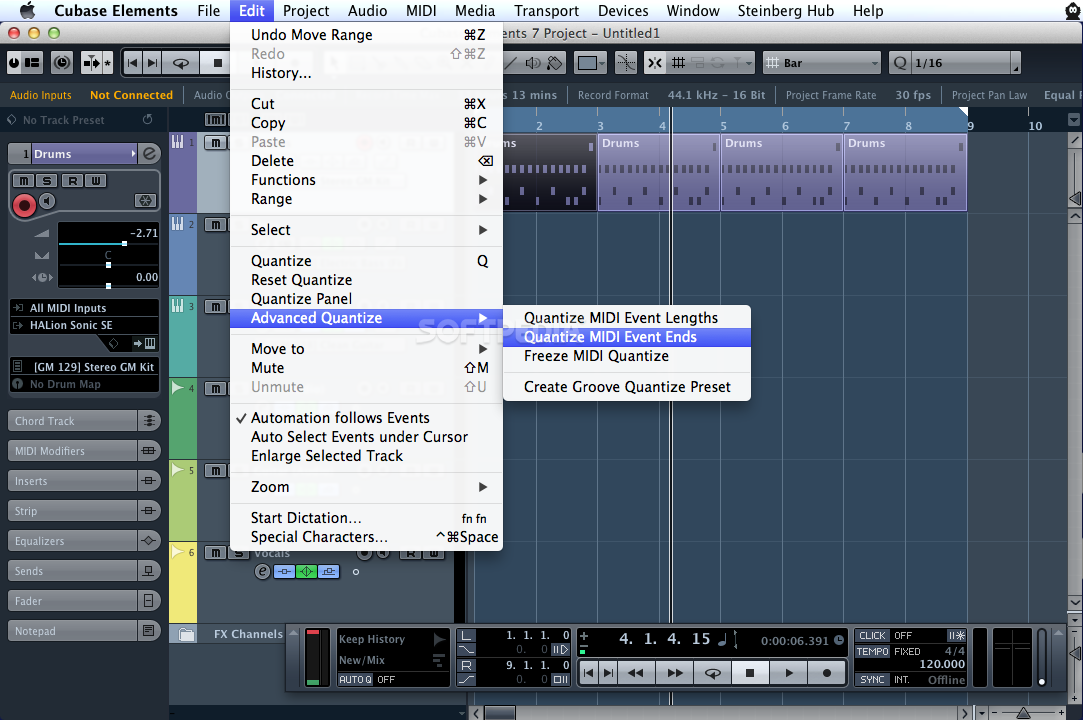

Since accessing data from a hard drive is substantially slower than from RAM, this can result in performance hiccups like audio dropouts, stuttering, and longer loading times. When you’re limited by RAM, your computer may resort to using your hard drive as an “overflow” workspace, a process known as paging or swapping. This enables real-time effects processing, instantaneous playback, and fast exporting of your final mix. When you open a project in Cubase 12, the samples, plugins, and all the data that makes up your musical composition are loaded into RAM so they can be quickly accessed and processed. RAM serves as the “working memory” of your computer. In the realm of digital audio workstations like Cubase 12, RAM (Random Access Memory) isn’t just a technical specification it’s a critical resource that could mean the difference between a smooth creative process and a frustrating one plagued by lags or crashes. Minimum and Recommended RAM Requirements For Cubase 12 Other: USB port for USB-eLicenser, CoreAudio compatible audio hardware, Internet connection for activation.Processor: Intel Core i5 or faster or Apple M1.

Other: USB port for USB-eLicenser, CoreAudio compatible audio hardware.Graphics: Graphics card with Metal support.
#CUBASE ELEMENTS 8 SYSTEM REQUIREMENTS SERIES#
#CUBASE ELEMENTS 8 SYSTEM REQUIREMENTS PC#
In this article, we’ll delve into the system requirements for running Cubase 12 smoothly on your computer, whether it’s a PC or a Mac. Understanding these requirements is crucial, as a system that doesn’t meet them could lead to performance issues, crashes, and ultimately hinder your creative process. However, to get the most out of this powerful software, your computer needs to meet certain system requirements. Cubase 12 & CPU Choice: Does It Matter?Ĭubase 12 is one of the most robust digital audio workstations (DAWs) available on the market today, offering an impressive array of features for audio recording, editing, and production.Minimum and Recommended RAM Requirements For Cubase 12.


 0 kommentar(er)
0 kommentar(er)
